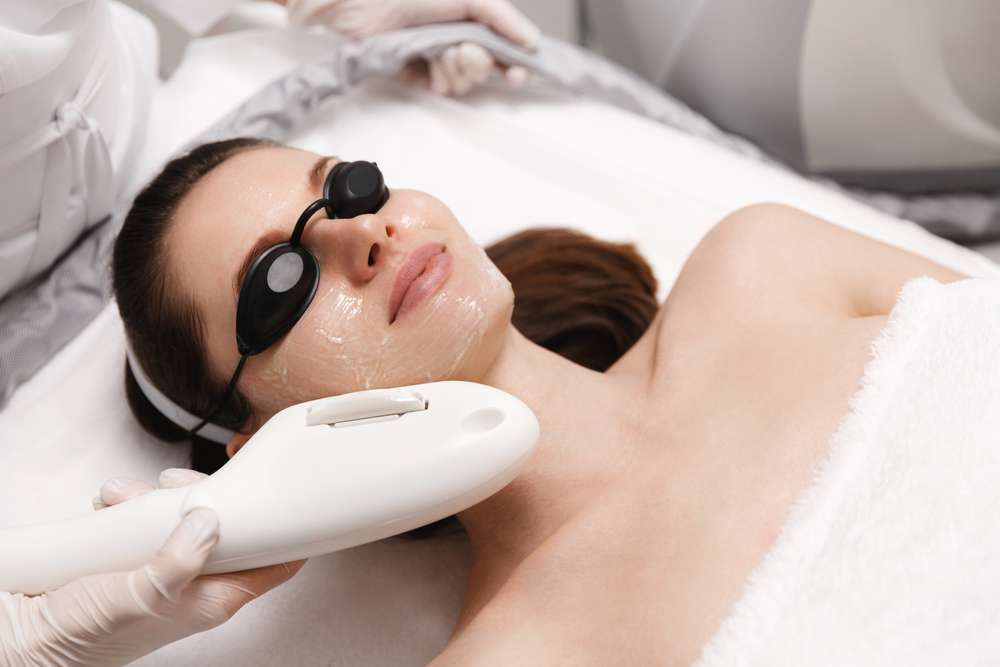Renew Your Skin: The Complete Guide to Rejuvenation
Discover how modern dermatology can restore a youthful glow. This in-depth guide to skin rejuvenation explains common concerns like fine lines, sun damage, and scarring, and compares laser and non-laser treatments such as fractional lasers, IPL, chemical peels, microneedling, and radiofrequency. Learn what to expect at clinic visits, typical costs, and how to maintain lasting results with the right skincare, sun protection, and follow-up care.

Aging, sun exposure, and lifestyle factors can all take a toll on the skin, but a wide range of medical and aesthetic treatments can help you recover a fresher, more even complexion. Whether you are aiming to soften fine lines, fade spots, or improve texture, understanding the available options will help you choose a plan that fits your goals and downtime tolerance.
Which skin concerns can be treated?
Skin rejuvenation methods address many common complaints. Typical issues that can be improved include:
- Fine lines and wrinkles
- Sun damage and age spots
- Uneven skin tone and rough texture
- Acne scars and other types of scarring
- Enlarged pores
- Dullness and reduced radiance
Many therapies target several of these problems at once by stimulating collagen, accelerating cell turnover, or removing damaged surface layers, helping to produce a brighter, more youthful appearance.
Popular laser treatments for rejuvenation
Laser-based procedures are valued for their precision and measurable results, with varying strengths and recovery times:
-
Fractional laser resurfacing: Delivers microscopic columns of thermal injury to the skin, prompting collagen remodeling and faster cellular renewal while preserving surrounding tissue for quicker healing.
-
IPL (Intense Pulsed Light): Uses broad-spectrum pulses rather than a single laser wavelength. It is effective for pigmented spots, broken capillaries, and general discoloration.
-
CO2 laser: An ablative option that removes damaged layers and is highly effective for deep wrinkles, significant scarring, and severe photoaging, but it typically requires more downtime.
-
Nd:YAG laser: Penetrates more deeply and is often used for tightening and reducing pore size; it can also treat certain vascular and pigmentary issues.
-
Erbium laser: A milder ablative choice compared with CO2, suitable for fine lines and textural improvements with reduced recovery time.
Non-laser options and how they compare
If laser therapies aren’t ideal for you, several non-laser treatments can yield important improvements with different risk and downtime profiles:
-
Chemical peels: Ranging from superficial to deep, peels use acids to exfoliate layers of skin, improving texture, pigmentation, and acne-related issues.
-
Microdermabrasion: A mechanical exfoliation that removes dead skin cells and can stimulate light collagen production. It’s low-risk with minimal recovery.
-
Microneedling: Controlled micro-injuries created by fine needles promote natural healing and collagen synthesis, often combined with topical serums for enhanced results.
-
Ultrasound therapy: Technologies such as Ultherapy deliver focused ultrasound energy to lift and tighten tissue beneath the surface, commonly used for the face and neck.
-
Radiofrequency treatments: Non-invasive devices heat deeper skin layers to trigger collagen remodeling and tightening without removing surface skin.
Each technique has advantages: lasers can be more targeted and dramatic, while non-laser methods may be gentler with shorter downtime. Your provider will recommend options based on your skin type, concerns, and recovery plans.
What to expect during a clinic visit
A typical treatment visit follows a predictable sequence:
-
Consultation: A qualified clinician evaluates your skin, reviews your medical history, and outlines realistic outcomes and choices.
-
Preparation: The skin is cleansed, and topical numbing may be applied if the procedure causes discomfort.
-
Procedure: Treatments vary in length—from about 15 minutes for small areas to an hour or more for comprehensive sessions—depending on the modality and size of the treatment area.
-
Aftercare: You will receive tailored post-treatment instructions, which may include gentle cleansers, moisturizers, barrier creams, and strict sun avoidance.
-
Follow-up: Many therapies require multiple sessions for optimal results. Your provider will set a schedule and monitor healing and progress.
| Treatment Type | Average Cost Range | Number of Sessions Typically Required |
|---|---|---|
| Fractional Laser Resurfacing | $1,000 - $5,000 | 3-5 |
| IPL | $300 - $600 per session | 3-6 |
| Chemical Peels | $150 - $3,000 | 1-6 |
| Microdermabrasion | $75 - $200 per session | 5-10 |
| Microneedling | $200 - $700 per session | 3-6 |
Prices, rates, or cost estimates mentioned in this article are based on the latest available information but may change over time. Independent research is advised before making financial decisions.
How to maintain your results
Long-term outcomes depend on both the treatment and your daily habits. To prolong and protect improvements:
- Follow a consistent, provider-recommended skincare regimen with effective cleansers, serums, and moisturizers.
- Use broad-spectrum sunscreen daily and reapply as needed to prevent UV-driven damage.
- Stay hydrated and eat a balanced diet rich in antioxidants to support skin health from within.
- Avoid smoking and limit alcohol, as both can accelerate aging and blunt repair processes.
- Schedule regular maintenance or touch-up sessions per your clinician’s guidance to sustain collagen and tissue tone.
Working with an experienced skincare professional ensures treatments are tailored to your skin type and goals. Expect gradual improvement over weeks to months, especially after collagen-stimulating therapies, and plan realistic timelines for recovery and repeat sessions.
Skin rejuvenation offers many pathways to restore radiance and evenness, from noninvasive energy-based devices to ablative resurfacing—all carrying different levels of intensity and downtime. By learning how each approach works, discussing risks and benefits with a trusted provider, and committing to solid aftercare, you can design a personalized plan that refreshes your complexion and supports lasting confidence.
This article is for informational purposes only and should not be considered medical advice. Please consult a qualified healthcare professional for personalized guidance and treatment.






